Mozambique: Almost €1M in fines for illegal logging, wildlife damage - Watch
The two crops Guijá lost to the drought, Mozambique
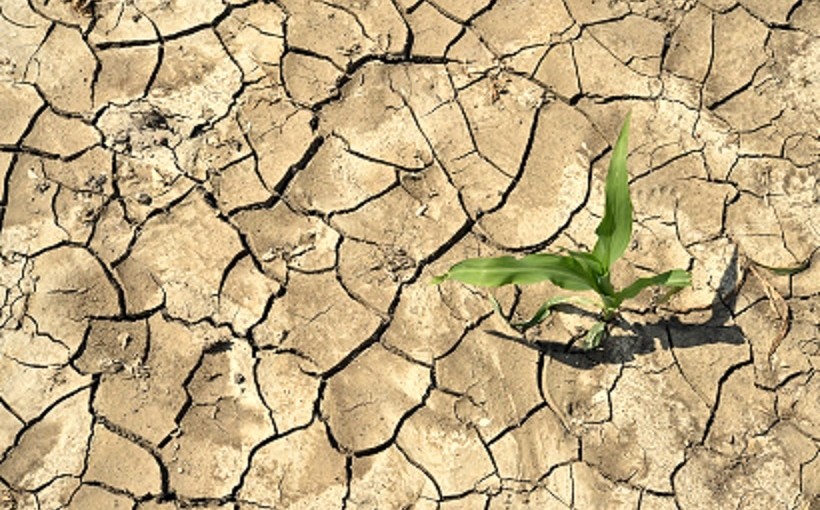
The drought affecting central and southern Mozambique since February last year is destroying the livelihood of farmers in Guijá in Gaza province, where 13,400 families are facing food insecurity.
“The situation is worrying. We have lost almost everything – 12,700 hectares in the first season of 2016 alone,” the director of district government economic activities in Guijá, Elias Chaguala, says.
The population of Guijá lives mainly on subsistence agriculture, and expected the first months of 2016 to be rainy as usual. So they tilled the land and sowed their seeds, but no rain came. The lack of rain has also compromised Guijá’s fole as a corn supplier to other parts of the country, including the capital, Maputo.
“All we planned is compromised, and now people no longer have anything to eat,” says Chaguala, who fears the drought will continue and the situation deteriorate.
At the entrance to Chotswana village, about 70 kilometres from Guijá, a plough lies abandoned in the middle of a large, dry field, symbol of the despair overtaking the region’s farmers.
“I lost everything that I planted. In the short term, selling the few animals I have will ensure the family’s survival,” says Rosa Jonas, a Chotswana farmer and mother of five children, sitting under a tree with her youngest son on her lap.
With the dams empty and almost no grass to eat, the village’s farmers are forced to travel over 12 km just to feed their livestock. There are even reports of people moving their animals to neighbouring districts like Chibuto, a hundred kilometres from Guijá, to enable them to survive.
Such was the case of Albertina Sebastiao, who had to travel 20 km a day for water for her four oxen, which she eventually sold to feed her ten grandchildren.
“Their parents died long ago. We have no animals to sell and are dependent on aid, because we cannot plant anything,” she said, standing last in line for water at a standpipe in Chotswana.
The struggle for survival is giving way to extremely hazardous situations. The few existing standpipes serve people as well as cattle, a situation dangerous to public health.
“For lack of an alternative, we drink with the cattle, and there are cases of people who also use the water left in the dams,” said Sebastiao, referring to the marshes holding the last of the January rains after many months of blue sky.
Paradoxically, Guijá is bordered to the south by the second largest river in Southern Africa, the Limpopo, which floods part of the district when in full flow. The lack of financial support and of a proper land-use strategy compounds the dire situation of the local farmers who now need the help of the “friends of Mozambique” as much as they need water.
“We have nothing. We can only ask them to help us rebuild our agriculture,” Julio Mabunda, Chotswana farmer and community leader told Lusa, putting the finishing touches to a small makeshift well he has dug using the proceeds of the sale of some of his 12 cattle.
“But the water that comes out of here is not fit for humans. Only cattle can drink it. We need to go deeper for good water. I do not know how I will pay for that,” he says, drawing water from the 34-meter-deep well.
“But we still have hope and we help everyone, because people are dying of hunger,” the community leader concludes, evoking the help of the gods for the more than 78,000 people who are going hungry in Gaza.



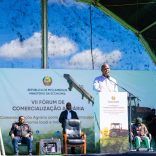

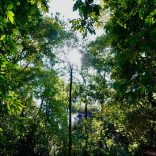

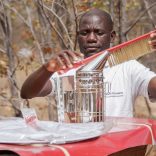
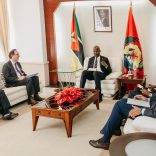

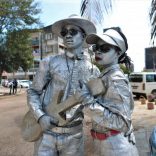


Leave a Reply
Be the First to Comment!
You must be logged in to post a comment.
You must be logged in to post a comment.